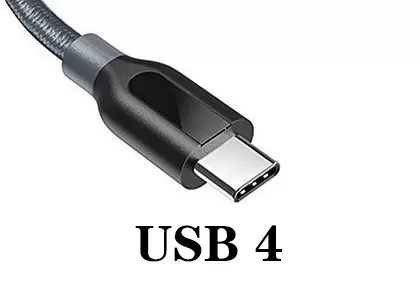Background and Objectives
In October 2022, the European Union officially passed legislation mandating that all mobile phones, tablets, headphones, and other electronic devices sold in the EU must adopt USB-C ports by the end of 2024. This is the world’s first regulation to standardize charging ports, aiming to reduce e-waste and improve consumer convenience.
Potential Issues
- Legacy Device Compatibility: Older devices may require adapters.
- Short-Term Costs: Consumers might need to replace non-USB-C accessories.
Manufacturers: Opportunities and Pressures
Technical Adjustments
- Apple’s Shift: The iPhone 15 series fully adopted USB-C, ending the decade-long era of Lightning ports.
- Android Ecosystem Adaptation: Most Android brands already use USB-C but need to optimize charging protocol compatibility (e.g., USB-PD vs. proprietary fast charging).

Cost Implications
- R&D Costs: Redesigning ports may increase upfront investments.
- Long-Term Savings: Standardization reduces multi-version production needs, cutting supply chain costs.
Industry Trends: Standardization and Ecosystem Reshaping
Technological Advancements
- USB4 and Thunderbolt Integration: USB-C will unify high-speed data transfer (40Gbps) and video output.
- Green Innovation: Modular or detachable port designs may emerge to extend device lifespans.

Market Competition
- Accessory Market Reshuffle: Third-party charger brands must comply with standards, phasing out low-quality products.
- New Entrants: Companies focusing on USB-C innovations (e.g., GaN technology) will gain market share.
Global Impact: Will the EU Regulation Set a Worldwide Trend?
- Responses from the US and Asia: Brazil and India are considering similar policies; Apple’s global shift to USB-C signals broader adoption.
- Chinese Brands’ Strategy: Huawei, Xiaomi, and others are accelerating R&D on multi-functional USB-C devices to dominate global markets.